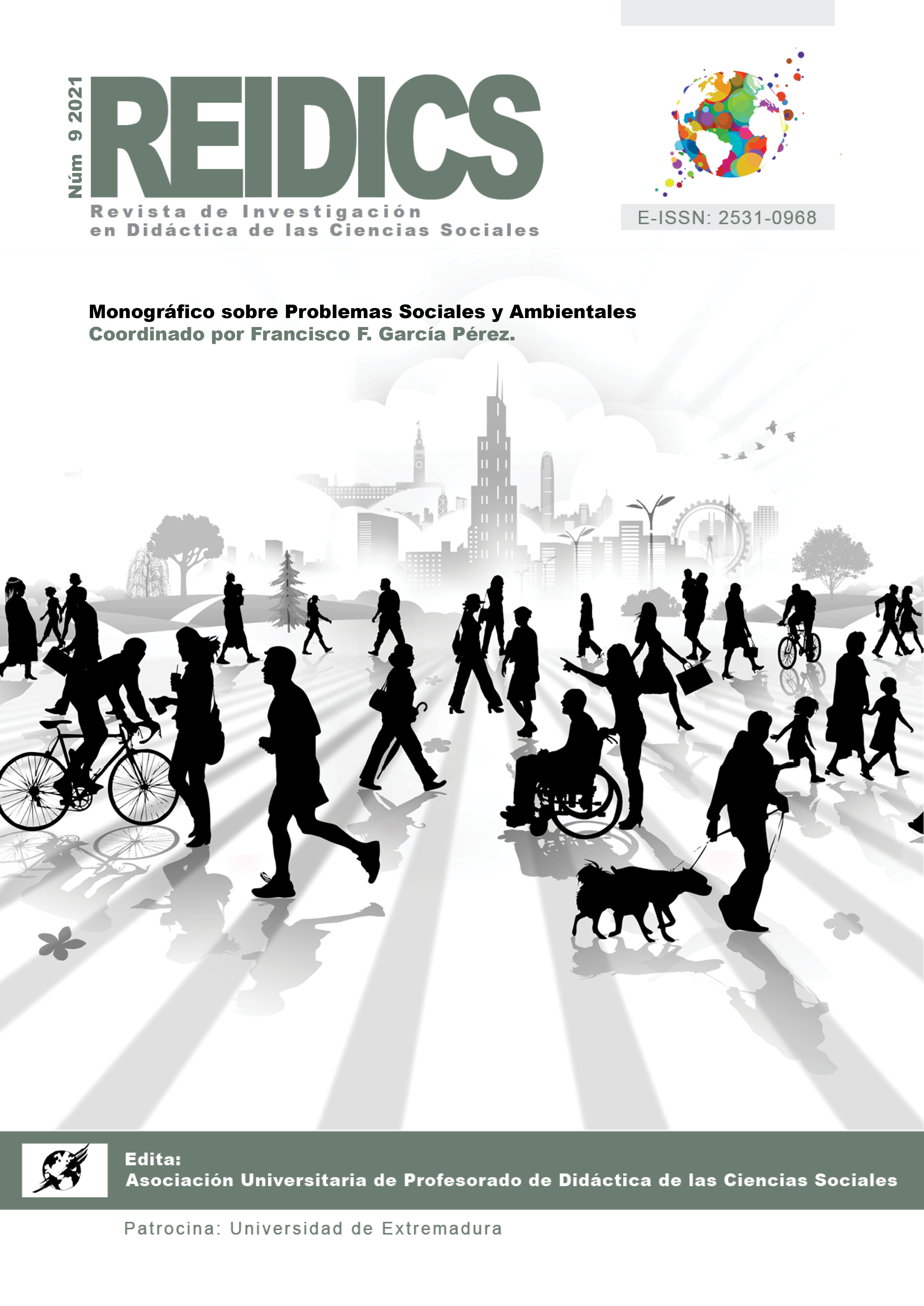The Sustainable Development Goals through graphic novels in Higher Education
DOI:
https://doi.org/10.17398/2531-0968.09.97Keywords:
Sustainable Development Goals, sustainable development, graphic novel, comic, higher educationAbstract
The Sustainable Development Goals (SDG), promoted by the United Nations, presents 17 goals to be achieved in the year 2030. In order to achieve them, their incorporation into education is essential to involve young people and the future agents of change in their assimilation and application. Graphic Novels allow us to examine a large number of topics and how these and the geographical places are represented. A teaching experience in higher education is presented through the analysis of nine graphic novels with the purpose of analyze, from a geographical perspective, the 17 SDGs, observing their interrelation and interdependence and the contrasts and similarities between “real” and “realm”. Through the analysis of current socio-economic and socio-ecological problems and their debate in the classroom, students were able to develop their capacity for analysis, reflection and discussion, but also critical thinking was stimulated from a close and creative perspective. The students were motivated and satisfied with the activity, despite the difficulties to unravel the different problems exposed in the graphic novels. Moreover, they increased their knowledge about the SDG, which were, before this is experience, almost non-existent.
Downloads
Published
Issue
Section
License
Aquellos autores/as que tengan publicaciones con esta revista, aceptan los términos siguientes:
- Los autores/as conservarán sus derechos de autoría y garantizarán a la revista el derecho de primera publicación de su obra, el cual estará simultáneamente sujeto a la Licencia de reconocimiento de Creative Commons 4.0 BY-NC-SA que permite a terceros compartir la obra siempre que se indique su autor y su primera publicación en esta revista.
- Los autores/as podrán adoptar otros acuerdos de licencia no exclusiva de distribución de la versión de la obra publicada (p. ej.: depositarla en un archivo telemático institucional o publicarla en un volumen monográfico) siempre que se indique la publicación inicial en esta revista.
- Se permite y recomienda a los autores/as difundir su obra a través de Internet (p. ej.: en archivos telemáticos institucionales o en su página web) antes y durante el proceso de envío, lo cual puede producir intercambios interesantes y aumentar las citas de la obra publicada. (Véase El efecto del acceso abierto).
- Los autores y autoras han respetado la política de autoría de esta revista.




